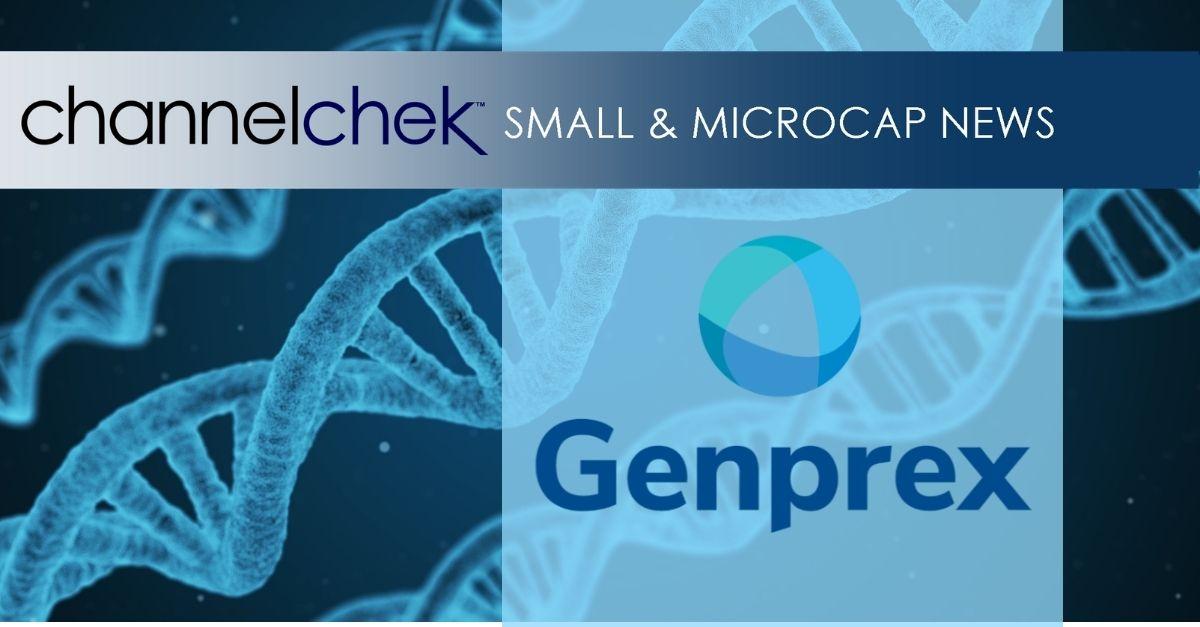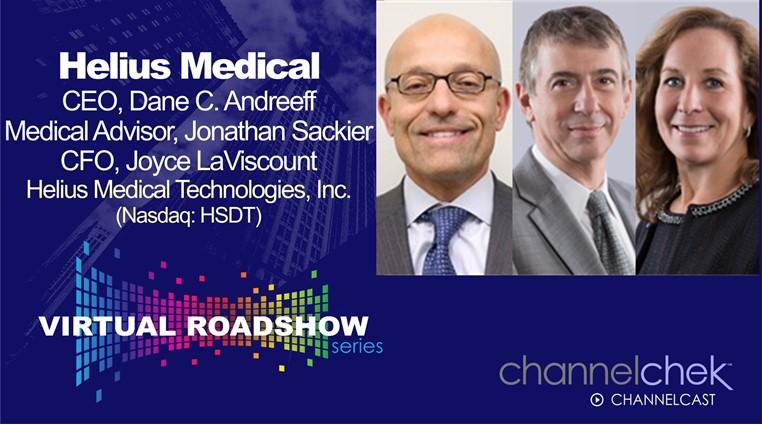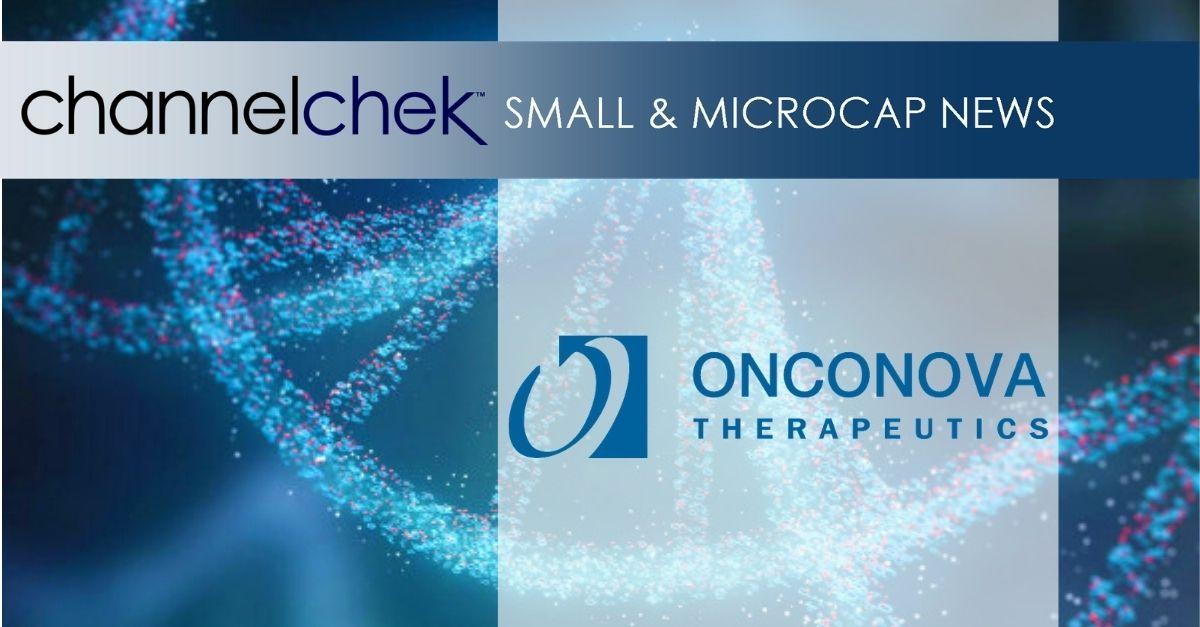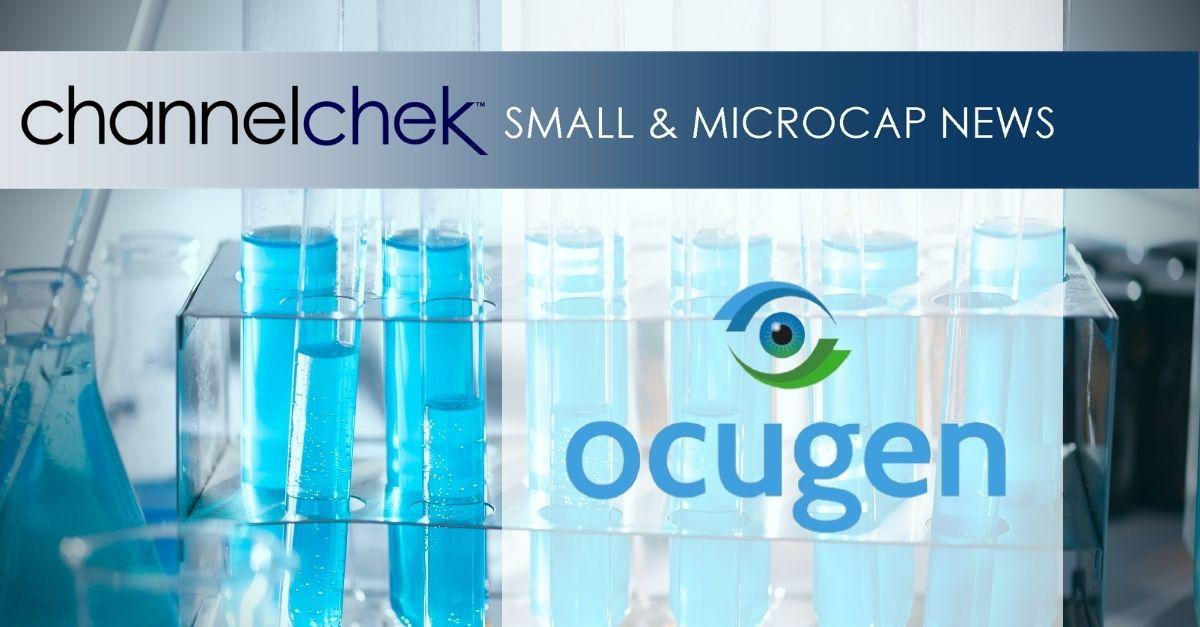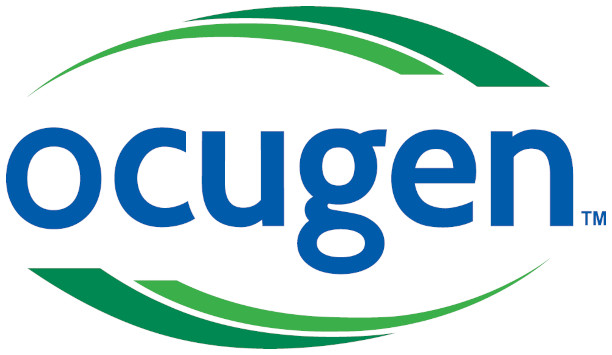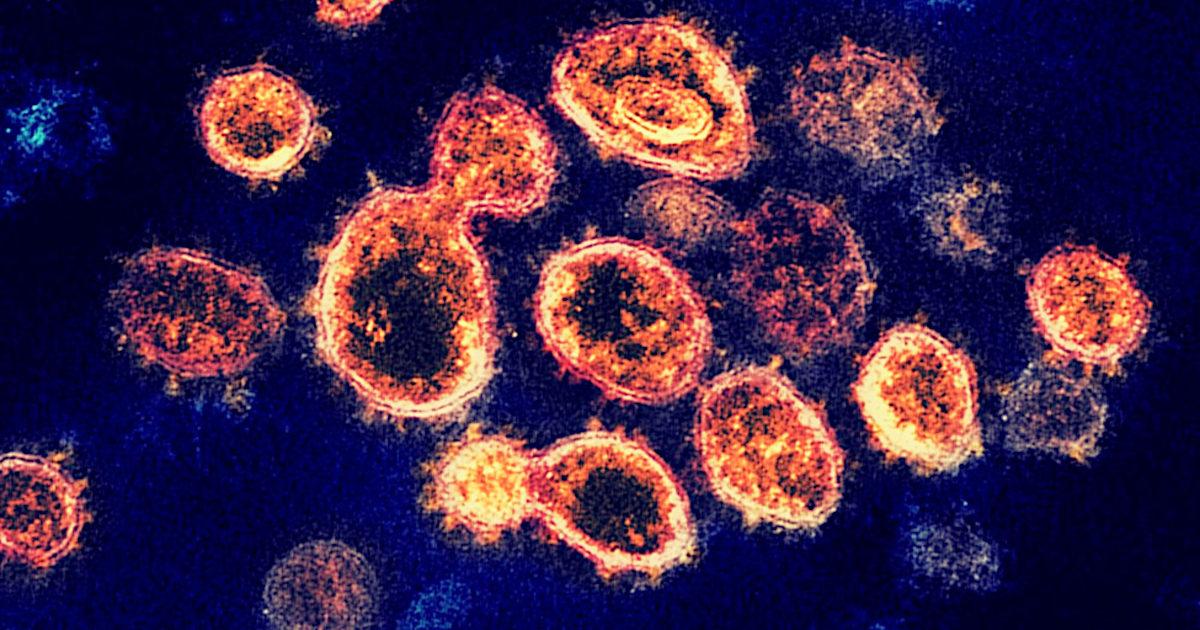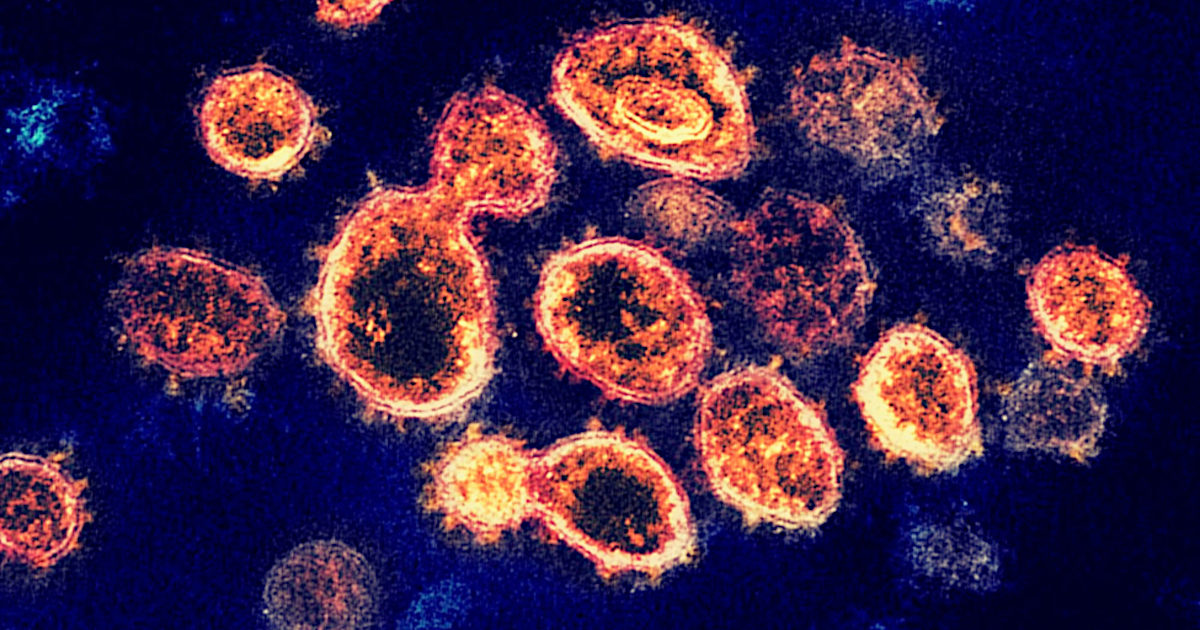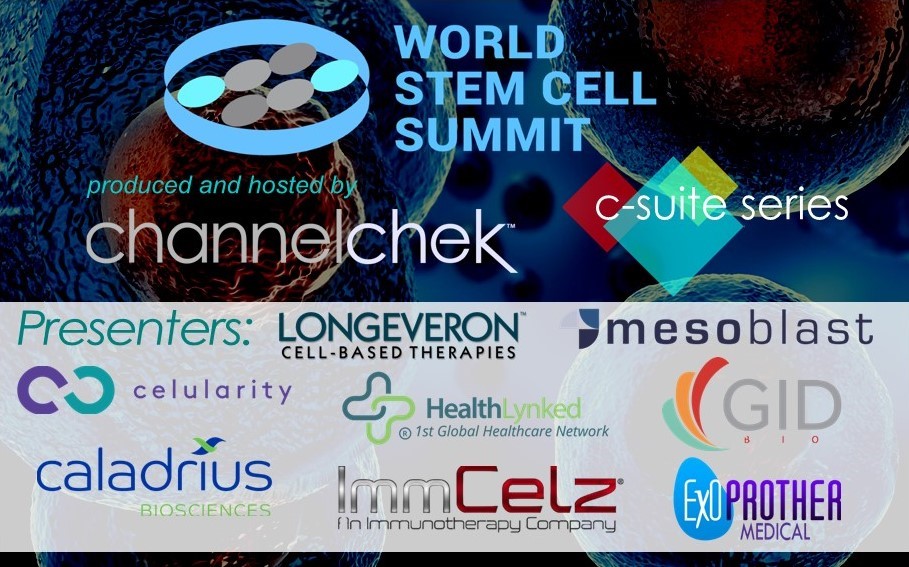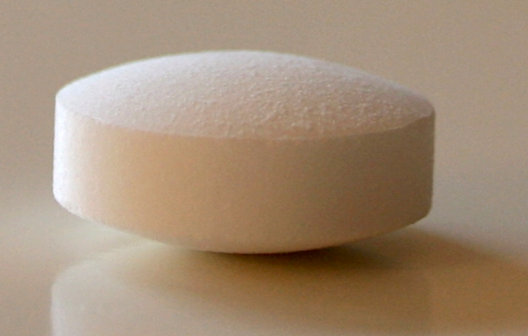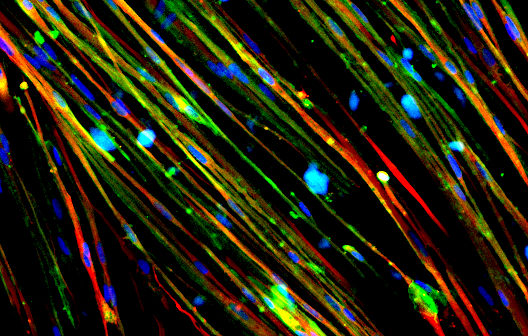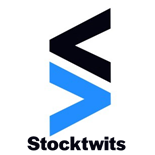
electroCore, Inc. Announces Exclusive Distribution Agreement with Kromax For Taiwan and China
“Kromax International Corp. is dedicated to transforming healthcare quality by introducing state-of-art medical solutions that improve the health of patients,” commented
“We are delighted to partner with Kromax to introduce gammaCore into
The initial term of the agreement is three years, and it contains customary terms and conditions. Regulatory clearances are required before sales and revenue can occur, and the timing for any such potential clearances is uncertain at this time.
About Kromax
Founded in 1987, Kromax provides services covering the semiconductor, LCD, LED, solar and biotech industries in the
For more information, visit www.kromax.com/en-US/AboutKromax.aspx
About electroCore, Inc.
electroCore, Inc. is a commercial stage bioelectronic medicine company dedicated to improving patient outcomes through its platform non-invasive vagus nerve stimulation therapy initially focused on the treatment of multiple conditions in neurology. The company’s current indications are for the preventative treatment of cluster headache and migraine and acute treatment of migraine and episodic cluster headache.
For more information, visit www.electrocore.com.
About gammaCoreTM
gammaCoreTM (nVNS) is the first non-invasive, hand-held medical therapy applied at the neck as an adjunctive therapy to treat migraine and cluster headache through the utilization of a mild electrical stimulation to the vagus nerve that passes through the skin. Designed as a portable, easy-to-use technology, gammaCore can be self-administered by patients, as needed, without the potential side effects associated with commonly prescribed drugs. When placed on a patient’s neck over the vagus nerve, gammaCore stimulates the nerve’s afferent fibers, which may lead to a reduction of pain in patients.
gammaCore is FDA cleared in the United States for adjunctive use for the preventive treatment of cluster headache in adult patients, the acute treatment of pain associated with episodic cluster headache in adult patients, and the acute and preventive treatment of migraine in adolescent (ages 12 and older) and adult patients. gammaCore is CE-marked in the European Union for the acute and/or prophylactic treatment of primary headache (Migraine, Cluster Headache, Trigeminal Autonomic Cephalalgias and Hemicrania Continua) and Medication Overuse Headache in adults.
- gammaCore is contraindicated for patients if they:
- Have an active implantable medical device, such as pacemaker, hearing aid implant, or implanted electronic device
- Have a metallic device such as a stent, bone plate, or bone screw, implanted at or near the neck
- Are using another device at the same time (e.g., TENS Unit, muscle stimulator) or any portable electronic device (e.g., mobile phone)
- Safety and efficacy of gammaCore have not been evaluated in the following patients:
- Patients diagnosed with narrowing of the arteries (carotid atherosclerosis)
- Patients who have had surgery to cut the vagus nerve in the neck (cervical vagotomy)
- Pediatric patients (less than 12 years of age)
- Pregnant women
- Patients with clinically significant hypertension, hypotension, bradycardia, or tachycardia
Please refer to the gammaCore Instructions for Use for all the important warnings and precautions before using or prescribing this product.
Forward-Looking Statements
This press release and other written and oral statements made by representatives of electroCore may contain forward-looking statements within the meaning of the Private Securities Litigation Reform Act of 1995. Such forward-looking statements include, but are not limited to, statements about electroCore’s business prospects and clinical and product development plans; its pipeline or potential markets for its technologies; the timing, outcome and impact of regulatory, clinical and commercial developments; the Company’s business prospects in
Investors:Rich Cockrell CG Capital 404-736-3838 ecor@cg.capital or Media Contact:Summer Diaz electroCore 816-401-6333 summer.diaz@electrocore.com

